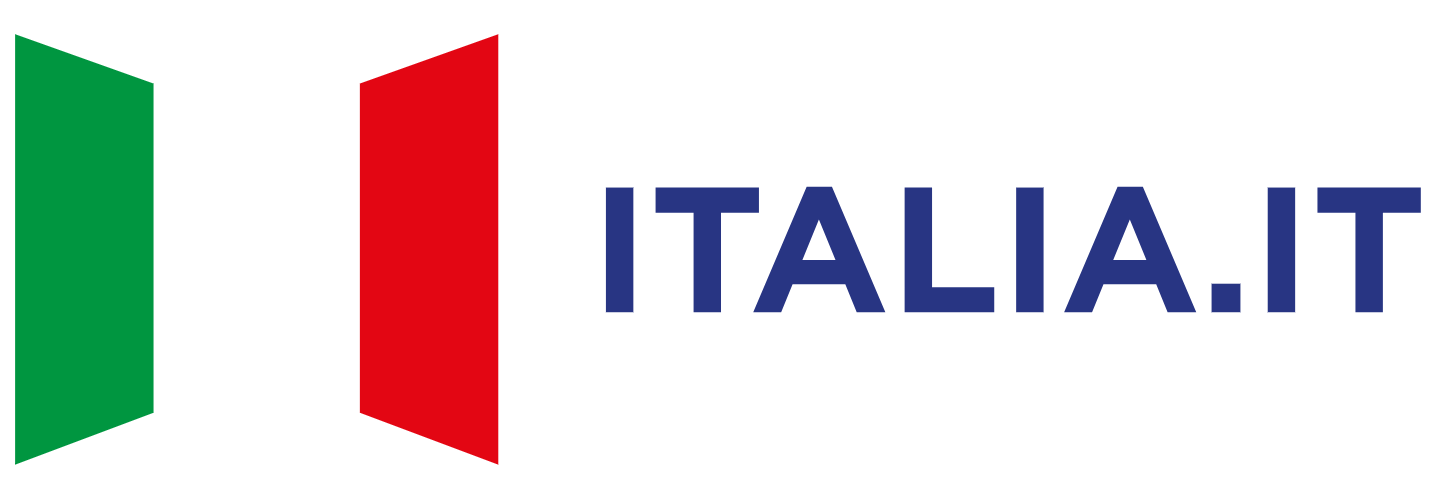Summer 2025: 8 out of 10 rooms already booked for August
Summer 2025: 8 out of 10 rooms already booked for August, and a 15 billion euro turnover in hotel bookings from June to September
- If last-minute bookings are also taken into account, a near-full occupancy rate of facilities is expected
- Further consolidation of foreign demand: Germany, France, the USA, Switzerland and Canada look to be the fastest-growing markets
- Papal Jubilee in Rome ‘spilling over’ into neighbouring regions: flows in the Umbria and Marche regions are in growth, harnessing the positive pairing of religious tourism and the attractiveness of our widespread artistic heritage
- Possible overtourism phenomena in the local tourism supply chain: only 1 in 10 operators reports difficulties managing demand in line with the principles of economic and social sustainability
- Focus on and constant monitoring of sustainability are increasingly important for improving the tourist experience and safeguarding local areas
Rome, 11 July 2025. Initial estimates for the current summer provide more than positive figures. Indeed, the latest survey of Italian accommodation businesses, conducted by ISNART for Unioncamere and ENIT as part of the Chamber of Commerce’s Observatory on the Economics of Tourism, indicates 8 out of 10 rooms already booked (with a peak in August) and an expected turnover of 14.7 billion euros in hotel bookings (from June to September). Bookings are up compared to 2019, the last year prior to Covid, with advance sales already close to 80% for August and set to grow in the coming weeks, reaching at least 90% saturation for the peak summer period. July (70% bookings) and September (60%) are also performing well.
Italian accommodation system operators report substantial advance sales for all the summer's top products. Indeed, 77.4% of available rooms at the seaside, 76.6% in the mountains, 71.9% in art cities and 75.5% in inland areas linked to green tourism are already booked for August. The trend in bookings for autumn also appears positive: at the end of June, bookings were already at 43% for stays in October, with peaks of 51% in spa resorts and 47% in art cities, an important indicator demonstrating our country’s attractiveness and ability to deseasonalise, offering tourist experiences through all 12 months of the year.
Italy's strong appeal to international tourism is confirmed, growing at a higher rate than domestic tourism, with Germany, France, the USA, Switzerland and Canada are once again the main growth markets, and 21% of operators in lake resorts and 18% of those in spa resorts report growth in foreign custom. These figures are confirmed by airport arrival forecasts, which estimate around 19 million arrivals from abroad.
The positive effect of the Papal Jubilee on flows is confirmed, and the event is also an important showcase for neighbouring regions, particularly Marche and Umbria, leaders in religious tourism. It is no coincidence that, compared to 2024, the growth in sales in the first six months of this year is +30% across Lazio, Marche and Umbria, reaching almost +50% just in Umbria, which probably benefits from the strong appeal of the Rome-Assisi route also to the international market.
With Italy once again the favourite destination among both domestic and foreign tourists, accommodation businesses are proving equal to the challenge of sustainability. Indeed, the majority of establishments are not particularly concerned about the phenomenon of overtourism. Only 10% of responding businesses are concerned, with 9 out of 10 facilities able to handle peak demand in a manner consistent with the principles of economic and social supply chain sustainability.
On the subject of sustainability, ENIT and the Sapienza University of Rome today presented a new scientific model combining tourism and sustainability, also presenting the first focus on the city of Rome, in the presence of ENIT’s GM Elena Nembrini, Carlotta Baccaro, the Municipality of Rome’s Head of Major Events, Tourism and Fashion, Paolo Bulleri, ISNART/UNIONCAMERE Area Manager for Economic and Social Research on Tourism and Cultural Phenomena, Fabiola Sfodera, Associate Professor at the Department of Communication and Social Research, Sapienza University, Antonio Renzi, Full Professor of Economics and Business Management at the Sapienza University, and Cristina Simone, Professor at the Department of Management, Sapienza University.
“Tourism is one of our nation’s main drivers, generating value in the various local areas. We work daily with all operators in the industry to showcase Italy’s uniqueness. We are achieving excellent results, also successfully extending the season and already recording an increase in autumn bookings. Foreign markets are looking with interest at Italy and the experiences we have to offer, reconciling this with sustainability, as also demonstrated by the new scientific model developed by the Sapienza University”, commented Ivana Jelinic, CEO of ENIT.
"We should remember that culture is the number one reason tourists choose holidays in Italy. Art cities suffer less from the seasonal nature of tourism, and areas hosting a UNESCO site (one in four tourists claim to have visited at least one place recognised as a UNESCO heritage site during their stay in Italy) do even better”, stresses Loretta Credaro, Chair of ISNART. “It is no coincidence that the chamber of commerce system is focusing strongly on the special Mirabilia project, on which ISNART is currently working with 21 Chambers of Commerce and whose strategic objective is to connect tourism analysis, development and promotion activities with those enhancing UNESCO and Italian cultural heritage sites, starting with the issue of sustainable development of cultural destinations. Our focus on sustainability”, continues Chairwoman Credaro, “through implementation of the latest monitoring tools capable of analysing data down to municipal level has led ISNART, thanks to an academic partnership, to develop a dedicated tool for the chamber of commerce system called ‘Sustainability’, capable of assessing a destination’s tourist load capacity by examining its economic, social and environmental components”.
Press Contacts
Isnart
Michele Marangon
media@lievitoconsulting.it
(+39) 3495049437
ENIT
Alessio De Battisti
alessio.debattisti@esclapon.it
(+39) 3777066400

